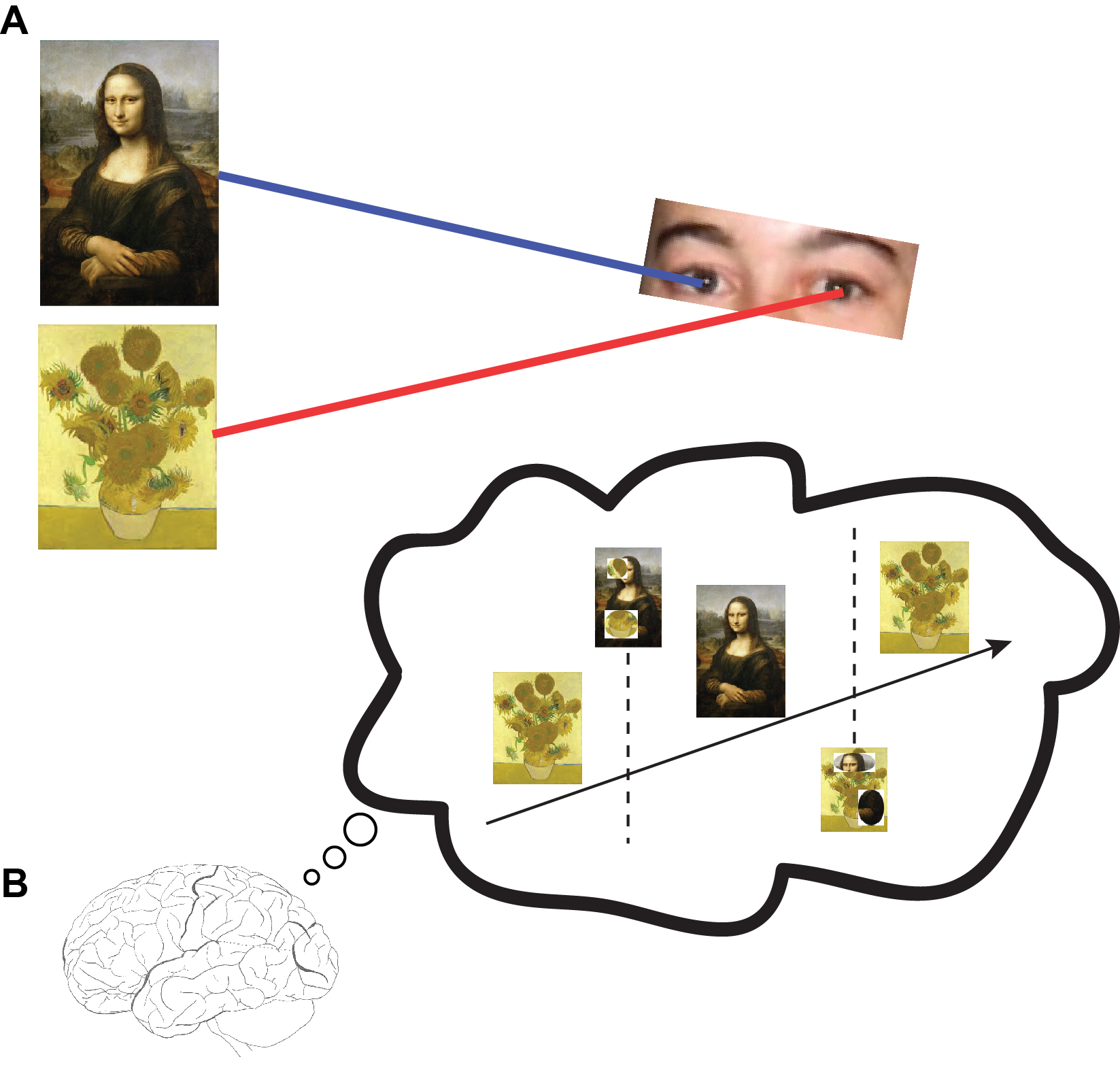Biological and Computer Vision

Gabriel Kreiman
Cambridge University Press. 2021. ISBN 9781108649995
Additional Materials
Chapter X: Visual consciousness
Even if we had a machine that can pass the Turing test for vision, that is adequately answer any question on any image, the machine may not perceive the world the way we do. The nature of conscious perception has been debated by philosophers and scientists for millennia. For the first time, we now have neuroscientific tools that enable initial steps towards rigorous scientific scrutiny of the mechanisms underlying consciousness. Crick and Koch defined the search for the neuronal correlates of consciousness, a minimal set of neuronal processes that can jointly account for the moment-to-moment contents of awareness. A series of elegant studies, such as examining how visual neurons respond during the subjective perceptual alternations accompanying binocular rivalry, have shown that the activity of neurons in early visual areas like V1 does not correlate with perception. In contrast, neuronal responses in higher visual areas like the inferior temporal cortex are more strongly associated with visual awareness. An elegant and principled framework, Integrated Information Theory, provides an intriguing unifying formalism to describe how consciousness could emerge from a dynamical system with interconnected parts acting upon itself.




